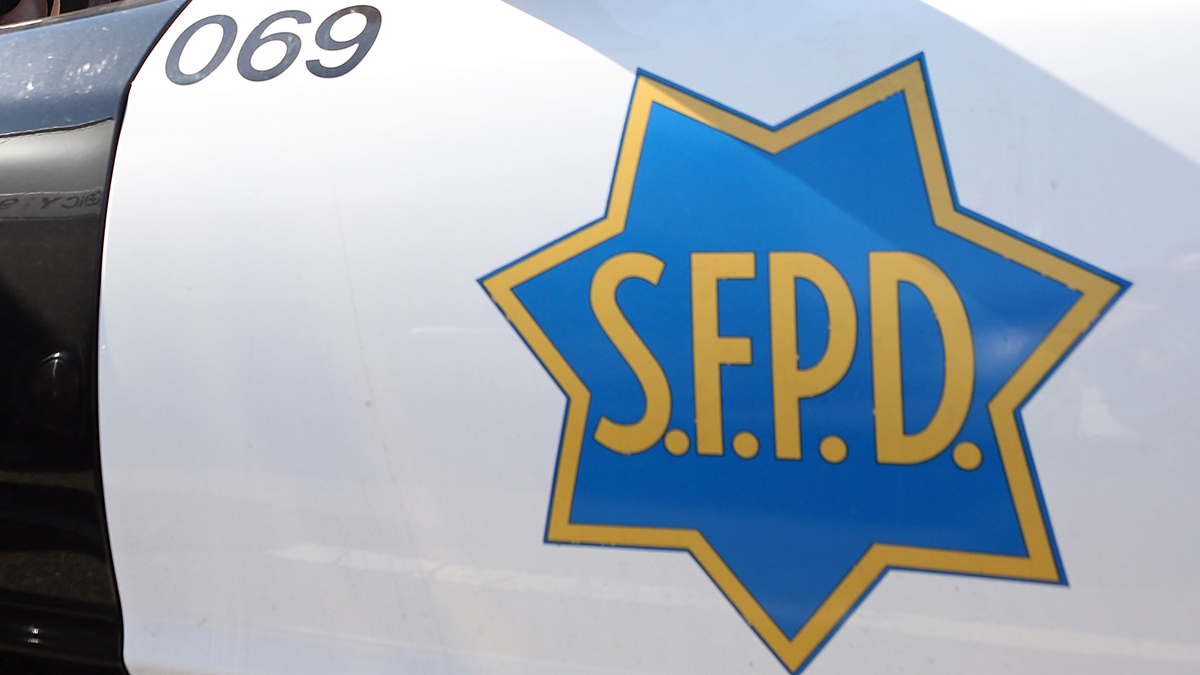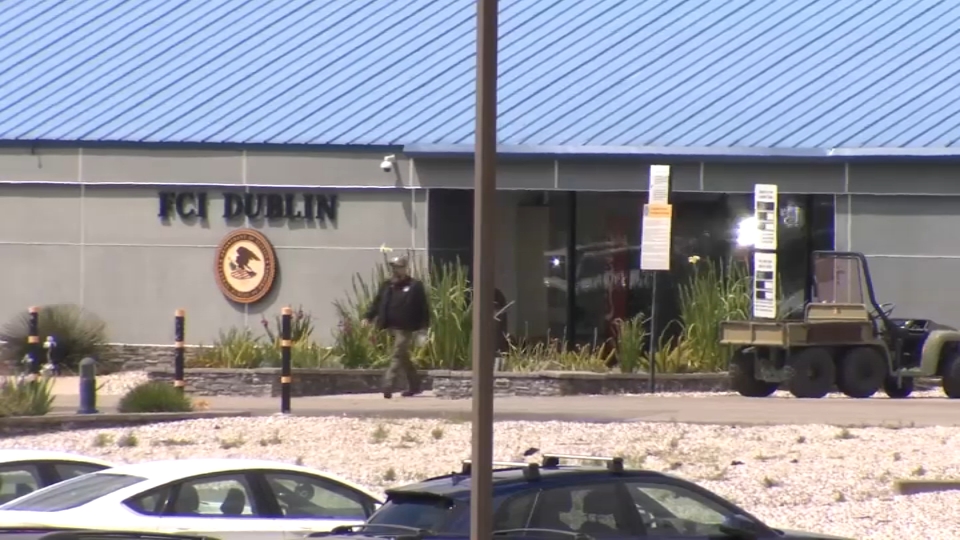After inspectors found certain explosive packaging "unsatisfactory," Caltrans has decided to delay the implosion of a section of the old part of the Bay Bridge a week later than originally planned, and possibly even later than that.
The implosion of Pier E3, the equivalent of a five-story building weighing 20 million pounds, was originally set for Saturday. But Caltrans on Tuesday announced its inspectors were not satisfied with how some of the explosives were packaged, and wanted to delay the implosion until Nov. 14. Currently, the implosion is scheduled for 1 p.m. that day, but it could also take place earlier, like at 6:45 a.m. or sometime the next day.
"This is our process at work," Brian Maroney, Chief Bridge Engineer for the Caltrans Toll Bridge Program said Tuesday at a news conference. "Safety is the first priority. We commend the contractor for their diligent and extensive verification of the product they received, and for swiftly notifying us of the desire to reschedule. Safely and responsibly executing the implosion within the month of November remains our main objective."
The Bay Bridge demolition began in September 2013 and is scheduled to be completed in 2018. Caltrans must still remove 21 more piers.
The implosion, or rather 600 different charges, is set to take six seconds and occur mostly underwater. Bay Bridge traffic will be held for about 15 minutes to prevent potential distraction to drivers, and BART trains will be held temporarily outside of the Transbay Tube, meaning there could be slight delays.
Maroney also made a point to say that the implosion will occur in November, a period of time when the least amount of marine life will be affected. Environmentalists have been skeptical that the "bubble curtain" of pipes blowing compressed are around the pier would blow debris and concrete into the water. Baykeeper has said they will keep a watchful eye on the marine life after the implosion to see if Caltrans' promises come true.
Larry Goldzband, the executive director for the San Francisco Bay Conservation and Development Commission, said, "The implosion is not perfect and species will be killed." But he said the implosion will cause less environmental damage than other methods of demolishing the pier. Goldzband said the alternative of mechanically removing the pier would take up to four years and require building a dam around it, which he said would significantly disrupt area wildlife and be difficult to manage and mitigate.
Local
When the bridge is imploded, the public will have no access to viewpoints on the eastern side of Yerba Buena Island, and the bike path will be closed to the public starting at 6 p.m. on Nov. 13 until after at least 10 a.m. on Nov. 14.
Bay City News' Jeff Shuttleworth contributed to this report.



